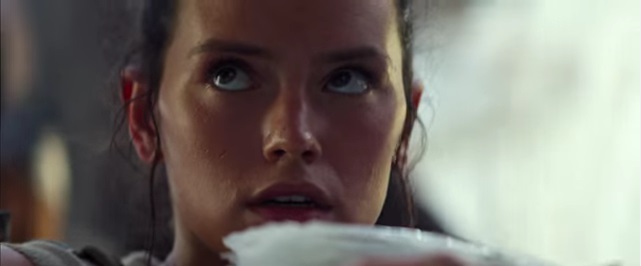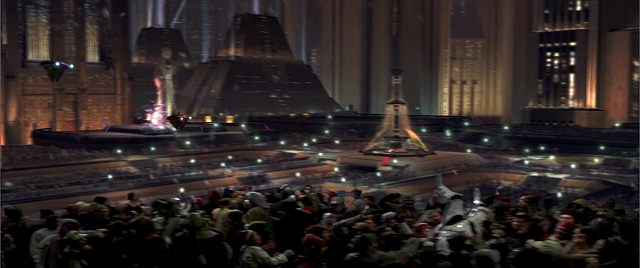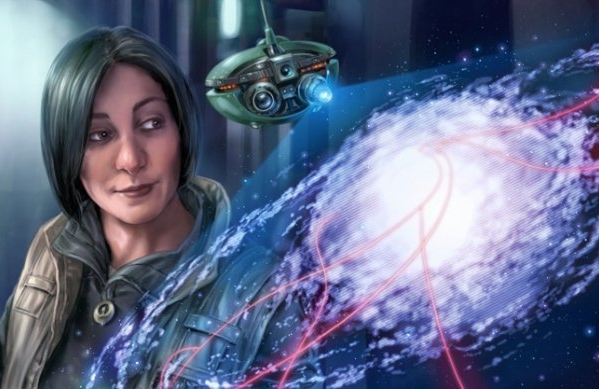
DISCLAIMER: while this post will be discussing major potential plot points in The Force Awakens, I have seen no real spoilers regarding the topic in question and what follows is purely speculative—and will remain equally valid even if the details don’t hold up.
* * * * *
In a roundtable interview at BookCon last May, Adam Gidwitz, author of the forthcoming young-adult adaptation The Empire Strikes Back: So You Want to Be a Jedi? addressed how his fairy tale-heavy background applied to writing a Star Wars book as follows:
“The main character of every fairy tale is an empty character. They don’t have a lot of personality traits. You know, Cinderella—we know almost nothing about her. And there’s a purpose for that. The purpose is that children can put themselves into [her] shoes…and you can follow in her footsteps. So, Luke, I think, is an empty character. He’s not like Han, with a sharply-defined personality, he’s not like Leia, who’s a real powerful woman. He’s brave, and he’s kind…that’s about it.”
This insight, Gidwitz explained, is what led to his decision to write the book as if the reader themselves is Luke Skywalker—an almost literal insertion of the audience into the story. Naturally, those of us who have been steeped in the Expanded Universe for the last twenty years could cite all sorts of personality details that snuck in at the edges of Luke’s character over the years, but the fact remains that he was conceived as an audience-identification character—and the value of that as the original trilogy unfolds is that his lessons become our lessons. Read More

 , but there are still places too remote to easily access? There’s a fine balance in science fiction of allowing technology to be advanced enough to travel through space, while maintaining a sense of exploration and wonder. Star Wars accomplishes this feeling well, just by looking at a map of the galaxy.
, but there are still places too remote to easily access? There’s a fine balance in science fiction of allowing technology to be advanced enough to travel through space, while maintaining a sense of exploration and wonder. Star Wars accomplishes this feeling well, just by looking at a map of the galaxy.![Servants_of_the_Empire_Imperial_Justice[1]](http://eleven-thirtyeight.com/wp-content/uploads/2015/07/Servants_of_the_Empire_Imperial_Justice1-705x1024.png) In what’s becoming a regular feature on this site, we’re publishing yet another rave review of a Jason Fry novel. It’s not our fault – Jason has a tendency to release high-quality novels at an impressive pace, so blame him for the lack of variety. Although that’s pretty unfair, because the best thing about Jason’s novels is that each of them are good for different reasons and allow us to focus on different aspects of the Star Wars universe. His
In what’s becoming a regular feature on this site, we’re publishing yet another rave review of a Jason Fry novel. It’s not our fault – Jason has a tendency to release high-quality novels at an impressive pace, so blame him for the lack of variety. Although that’s pretty unfair, because the best thing about Jason’s novels is that each of them are good for different reasons and allow us to focus on different aspects of the Star Wars universe. His  As I explained in the intro to my last
As I explained in the intro to my last 